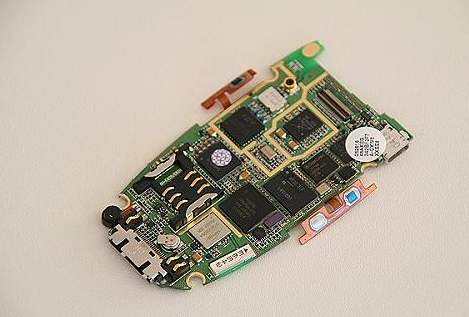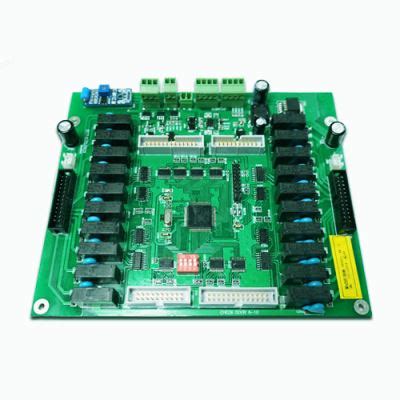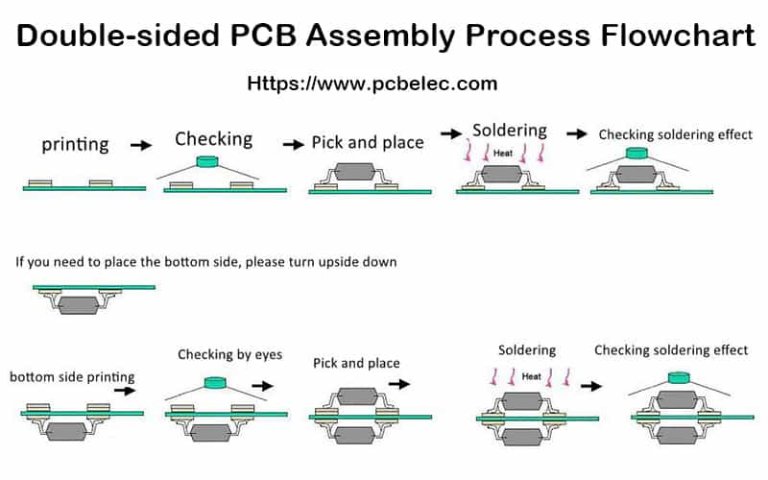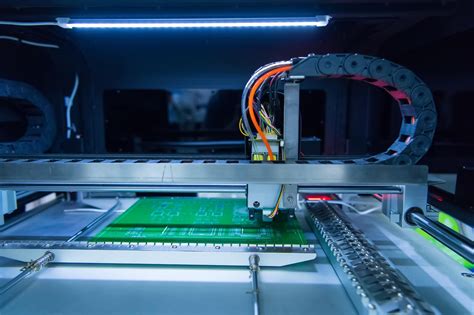Optimizing Advanced Circuits Assembly for Enhanced Performance
Key Takeaways
In the realm of electronic manufacturing, optimizing advanced circuits assembly has become a crucial factor for achieving superior performance. Techniques focused on enhancing pcb assembly processes not only elevate the efficiency of pcba but also contribute significantly to the overall operational capabilities within circuit design and fabrication. One of the key takeaways from recent studies is the importance of embracing innovative methodologies that can lead to substantial improvements in manufacturing throughput. Techniques such as advanced automation, precision assembly methods, and real-time quality control systems serve not just to enhance efficiency but also ensure greater reliability in circuit outputs. Moreover, staying ahead in a competitive landscape requires an understanding of emerging technologies and their application in optimizing assembly processes. As we delve deeper into the intricacies of improving performance through pcb assembly techniques, it’s clear that strategic enhancements will play a pivotal role in driving future developments in circuit design and manufacturing. By prioritizing these innovations, manufacturers can better position themselves to meet evolving market demands while maintaining high-quality standards.
Introduction to Advanced Circuits Assembly
The advanced circuits assembly process has evolved significantly in recent years, particularly in relation to PCB assembly and PCBA technologies. This progression is driven by the increasing demand for compact, efficient, and high-performing electronic devices. Effective circuit assembly is crucial, as it directly affects the overall performance of electronic systems. Key aspects include precise component placement, optimal soldering techniques, and rigorous testing protocols to ensure reliability.
In this context, understanding the nuances of advanced circuits assembly is not just about manufacturing; it involves integrating innovative methodologies that enhance performance metrics. For instance, embracing automated processes can minimize human error while increasing production speed. Employing advanced materials can also lead to significant improvements in thermal management and electrical performance.
“Continuous improvement in assembly techniques is vital for keeping pace with rapid technological advancements.”
As the landscape of circuit design and manufacturing evolves, the focus on PCBA optimization becomes ever more critical. By adopting a holistic approach that encompasses design for manufacturability (DFM) and design for testing (DFT), engineers can pioneer solutions that not only streamline production but also ensure robust functionality. Thus, delving into these elements of advanced circuits assembly lays the groundwork for innovations that push technological boundaries and drive industry standards toward new heights.
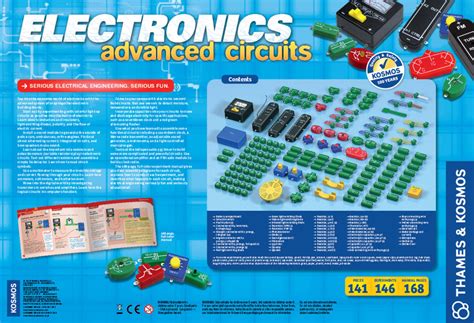
Key Challenges in Circuit Assembly Optimization
Optimizing advanced circuits assembly presents a variety of challenges that engineers must navigate to enhance performance and efficiency. One significant issue is the complexity of components used in modern designs, often leading to difficulties in ensuring precise alignment and soldering during pcb assembly. The intricacies associated with pcba require highly skilled labor and advanced technology to mitigate the risk of defects. Moreover, as circuit designs become increasingly intricate, the need for robust testing and quality control processes grows. This added demand can result in longer production cycles and higher costs if not managed effectively. Another challenge stems from the integration of new materials that enhance performance but may complicate traditional assembly processes. Balancing these considerations while striving for profitability is crucial for manufacturers seeking to remain competitive in a rapidly evolving technological landscape. By addressing these challenges, companies can unlock the full potential of their advanced circuits assembly, ultimately leading to superior products and innovations that meet the demands of modern users.
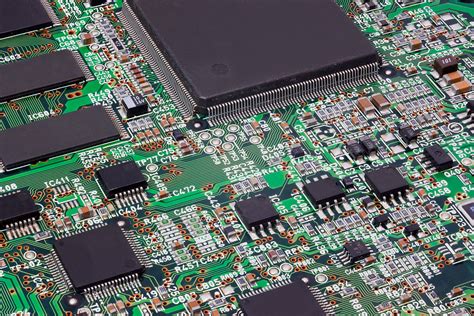
Innovative Techniques for Performance Enhancement
In the realm of advanced circuits assembly, several innovative techniques have emerged to significantly enhance performance. One key approach is the use of high-density interconnect (HDI) technology, which allows for a more compact design and improved electrical performance. By enabling smaller traces and increased functionality within a limited space, HDI is revolutionizing how pcb assembly is conducted.
Another technique gaining traction is the implementation of automated optical inspection (AOI) systems. These systems enhance the accuracy of pcba processes by quickly identifying defects that may compromise signal integrity or overall functionality. The ability to catch these issues early leads to more reliable assemblies and ultimately reduces costs associated with rework or failure.
Moreover, integrating advanced simulation software during the design phase can preemptively identify potential problems in circuit layout and assembly before physical production begins. This proactive approach not only speeds up development time but also ensures optimal performance of the final product.
The following table summarizes some of these innovative techniques and their benefits:
| Technique | Description | Benefits |
|---|---|---|
| High-Density Interconnect (HDI) | Compact designs with smaller traces | Improved functionality, space efficiency |
| Automated Optical Inspection (AOI) | Identifies defects in real-time | Increased reliability, reduced rework costs |
| Simulation Software Integration | Detects issues before production | Faster development, optimized performance |
By adopting these techniques in advanced circuits assembly, companies can achieve remarkable improvements in efficiency and performance while paving the way toward future technological advancements. Investing in such innovations is essential for staying competitive in today’s fast-paced electronic landscape.
Efficiency Improvements in Manufacturing Processes
Enhancing efficiency in advanced circuits assembly is an ongoing pursuit within the pcb assembly industry. To achieve greater performance, manufacturers are increasingly adopting automated techniques that streamline the pcba processes, thereby reducing production time and minimizing errors. One such method involves the integration of sophisticated robotic systems that can manage component placement with precision, significantly improving throughput. Furthermore, real-time data analytics play a crucial role in monitoring operations and identifying bottlenecks, allowing for quick interventions to maintain a smooth workflow. Alongside automation, the implementation of lean manufacturing principles fosters a culture of continuous improvement, optimizing resource utilization and eliminating waste in every stage of advanced circuits assembly. Ultimately, these strategies not only enhance operational efficiencies but also contribute to better end-product quality, ensuring that manufacturers can meet the rising demands for more complex and efficient circuit designs. By focusing on these areas of improvement, companies within the pcb assembly sector can stay competitive and adapt to the evolving landscape of technology-driven manufacturing.
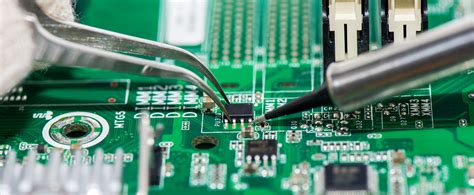
Case Studies: Successful Applications of Optimization
In recent years, several companies have illustrated the profound impact of optimizing advanced circuits assembly through innovative techniques, particularly in the domain of pcb assembly. One notable case involved a major electronics manufacturer that implemented an advanced process for pcba efficiency. By incorporating automated optical inspection and intelligent robotics, the company significantly reduced assembly time and enhanced accuracy, which in turn minimized defects in their production line. Another example can be found in a startup specializing in medical devices. This company adopted flexible circuit designs that enabled faster iterations and reduced material consumption, leading to a notable improvement in both performance and cost-efficiency. The integration of advanced circuits assembly techniques within their workflow allowed these organizations to not only meet increasing market demands but also streamline their operations significantly. These case studies exemplify how lead-time reduction and enhanced accuracy through innovative approaches can drive technological advancements and profitability within the industry, making a compelling argument for prioritizing optimization in pcba practices. In summary, the successful application of optimization techniques has proven crucial for achieving competitive advantages and higher performance standards across various sectors reliant on advanced circuitry solutions.
Future Trends in Circuit Design and Assembly
As the demand for increasingly complex electronics continues to rise, significant shifts are anticipated in advanced circuits assembly processes. One of the most notable trends is the integration of smart technologies into pcb assembly practices. This includes leveraging Artificial Intelligence and Machine Learning to improve decision-making processes during assembly, which can significantly enhance quality control and reduce production errors in pcba operations. Additionally, the adoption of modular design principles may facilitate easier upgrades and repairs, leading to a more sustainable approach in circuit design and manufacturing.
Furthermore, advancements in materials science are paving the way for the development of new substrates that can withstand higher temperatures and provide better performance for intricate electronic designs. This not only optimizes electrical conductivity but also ensures greater reliability across various applications. Enhanced automation within assembly lines is also a pivotal trend, streamlining workflows and optimizing operational efficiency. By employing robotic systems for precision tasks, manufacturers can achieve higher throughput rates while maintaining consistency in quality.
Overall, these trends signify a transformative period for advanced circuits assembly, where technological innovations are central to enhancing performance, efficiency, and sustainability in circuit design processes. As these methodologies evolve, they hold promise for substantial improvements that will redefine industry standards in both performance metrics and environmental responsibility.
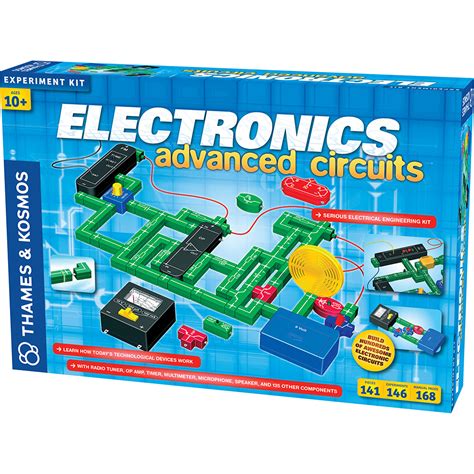
Conclusion: The Path Forward in Advanced Circuits Assembly
As the demand for more sophisticated electronic devices continues to rise, the future of advanced circuits assembly holds promising avenues for development. The optimization of pcb assembly processes is crucial to enhancing overall performance and efficiency in both design and manufacturing. By integrating innovative techniques tailored for pcba improvements, manufacturers can experience significant advancements in their product outputs. Key areas such as automated assembly technologies, materials science advancements, and data analytics are at the forefront of this evolution. These methodologies not only streamline operations but also enable adaptability to market shifts and technological progressions. Emphasizing a collaborative approach between engineers and manufacturers can lead to groundbreaking solutions that address key challenges, ultimately fostering a more robust ecosystem in circuit design and production. In essence, the pathway forward hinges on strategic enhancements that leverage both existing frameworks and emerging technologies—ensuring that the industry evolves alongside consumer demands while pushing the boundaries of what is possible in advanced circuits assembly.
Conclusion: The Path Forward in Advanced Circuits Assembly
The journey toward optimizing advanced circuits assembly is pivotal for the future of technology and innovation in the field of electronics. As we have discussed throughout this article, pcb assembly plays a crucial role in enhancing the performance of electronic devices by leveraging innovative techniques that push the boundaries of traditional manufacturing processes. It’s essential to recognize that achieving greater efficiency in pcba is not merely a technical upgrade; it represents a holistic approach to integrating modern design principles with cutting-edge materials and technologies. In doing so, manufacturers can explore sustainable practices that not only reduce waste but also optimize resource utilization. As we move forward, maintaining a focus on continuous improvement and adaptation to emerging trends will be vital for businesses aiming to stay competitive in this rapidly evolving landscape. Embracing new methodologies, such as automation and advanced analytics, will help stakeholders capitalize on the potential of advanced circuits assembly, ensuring that they are well-positioned for future challenges while delivering reliably high-performance products. This journey is not merely about overcoming obstacles; it is an exciting pathway toward unlocking new possibilities in circuit design and production excellence.
FAQs
What is the significance of optimizing advanced circuits assembly?
Optimizing advanced circuits assembly is crucial for enhancing overall performance and efficiency in electronic devices. By implementing innovative techniques in pcb assembly, manufacturers can produce more reliable products while reducing costs.
How can one enhance the performance of PCB assembly processes?
Performance in pcb assembly can be enhanced through various methods such as improving materials, utilizing advanced machinery, and adopting automation technologies. These improvements lead to increased precision and speed in the manufacturing process.
What challenges are faced when optimizing PCBA?
Key challenges include managing complex designs, ensuring compatibility with various components, and maintaining quality control during the pcb assembly process. Addressing these issues is essential to achieving optimal results.
Are there specific techniques that drive efficiency improvements in PCB assembly?
Yes, techniques such as real-time monitoring of production processes, streamlined workflows, and employee training programs can drive significant efficiency improvements. These methods ultimately lead to a more productive manufacturing environment.
Can case studies illustrate successful applications of optimization in advanced circuits assembly?
Absolutely! Numerous case studies highlight successful applications that showcase how companies have effectively utilized optimization strategies to improve their pcba, achieving better performance metrics and reduced turnaround times.


